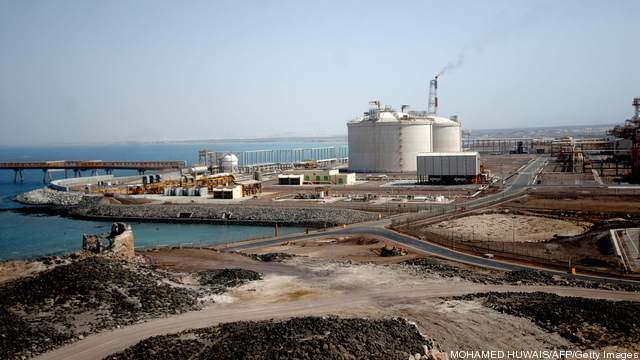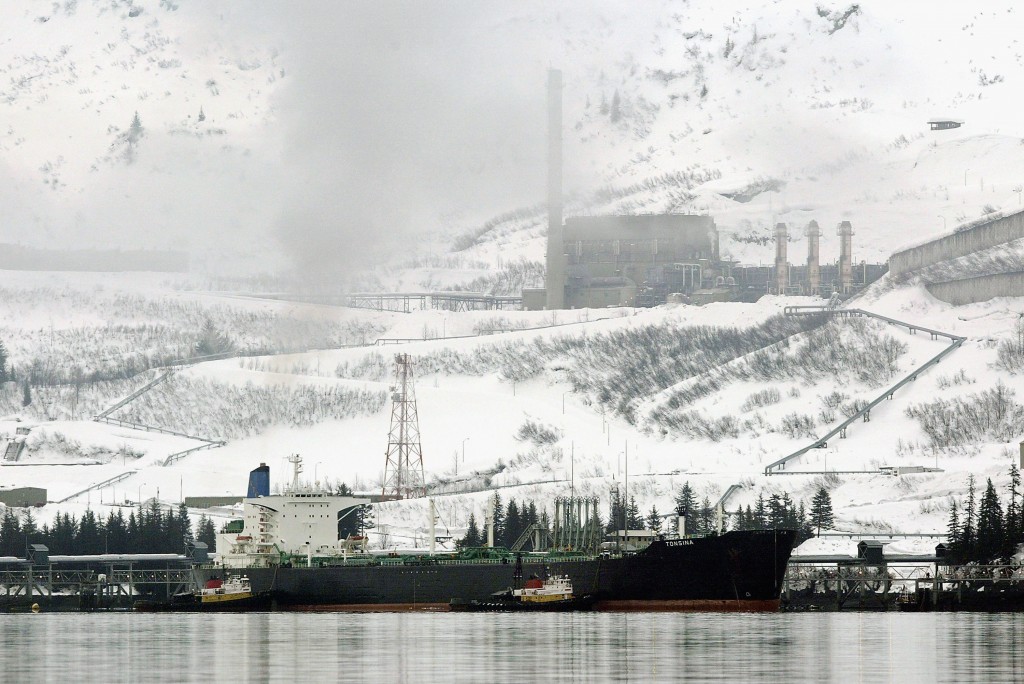The impact of increasing greenhouse gas emissions resulting from human activities has driven innovation in market-based solutions, technology development and international law.
Commodities
What Is The Future Of Emissions Trading?
By Tallat Hussain, James Read, Ingrid York | White & Case LLPSign up and get Breaking Energy news in your inbox.
We will never sell or share your information without your consent. See our privacy policy.How Latin American LNG Markets And U.S. Exports Are Reshaping the LNG Market
By King & SpaldingEnergy Bulletin (US)
By Robert Alessi, Robert Gruendel | DLA PiperWhat Lenders and Investors In E&P Companies Need To Know As Oil Prices Drop
By J. Michael Chambers, Mitchell Seider | Latham & Watkins LLP“In 2008, the United States produced on average approximately 5 million barrels of oil a day. By the end of 2014, that number had increased to more than 9 million barrels and the Energy Information Agency predicts production will continue to increase through 2015,” explains Latham & Watkins partner Michael Chambers. “However, during that same period worldwide demand increased by less than 1 million barrels a day, and in the US oil consumption has actually declined since 2008. The fact that US production has been growing faster than US consumption, and even world growth, together with the slowing of growth of some of the world’s major economies, has resulted in a class oversupply situation.”
Bunkerspot
The maritime community is sitting on the precipice of disaster. While regarded as one of the oldest and most well respected industries on the planet, the maritime community as a whole has failed to protect itself against the growing threat of cybercriminals. Methods of daily business transactions have failed to evolve and the reliance on out-dated technology with little to no cybersecurity protection has left many sections of the maritime community vulnerable to cyber-attack. The bunker fuel industry, in particular, has been recently faced with growing and continual threats, due to its outmoded business practices and its failure to employ the most efficient and reliable forms of cybersecurity protection.
Energy News Roundup: Banks, Commodities, Putin’s Energetic Confidence and Oil by Rail Regulations
By Jared AndersonSome banks are sticking it out in commodities as several others exit the business amid onerous regulations and decreasing profitability. The banks that stick around – including Goldman Sachs – face less competition. [Bloomberg] Putin feels emboldened by the fact that major western oil companies remain committed to Russia despite the current souring of relations… Keep reading →
The EIA’s Weekly Natural Gas Storage Report showed the largest inventory draw since the EIA started tracking the data in 1994. However, the withdrawal was slightly underwhelming, as analysts anticipated an even larger natural gas storage draw down resulting from increased heating needs during the recent extreme cold that blanketed much of the country. As… Keep reading →
Smaller oil and gas producers have been major drivers of the US shale boom, and hedging has been critical to financing their operations. But rising production is driving more hedging activity as that market is becoming less liquid, which could mean higher hedging costs for some producers. “There’s a reason the shale and tight oil… Keep reading →










Where are Oil Prices Headed on Syria News?
By Jared AndersonGlobal benchmark oil prices crept up to two-year highs over the past week or so as tensions in the Middle East and North Africa flare. US intervention in Syria currently awaits a congressional vote, so what will that decision likely mean for near-term price trajectory? It appears the geopolitical risk premium is mostly factored in… Keep reading →